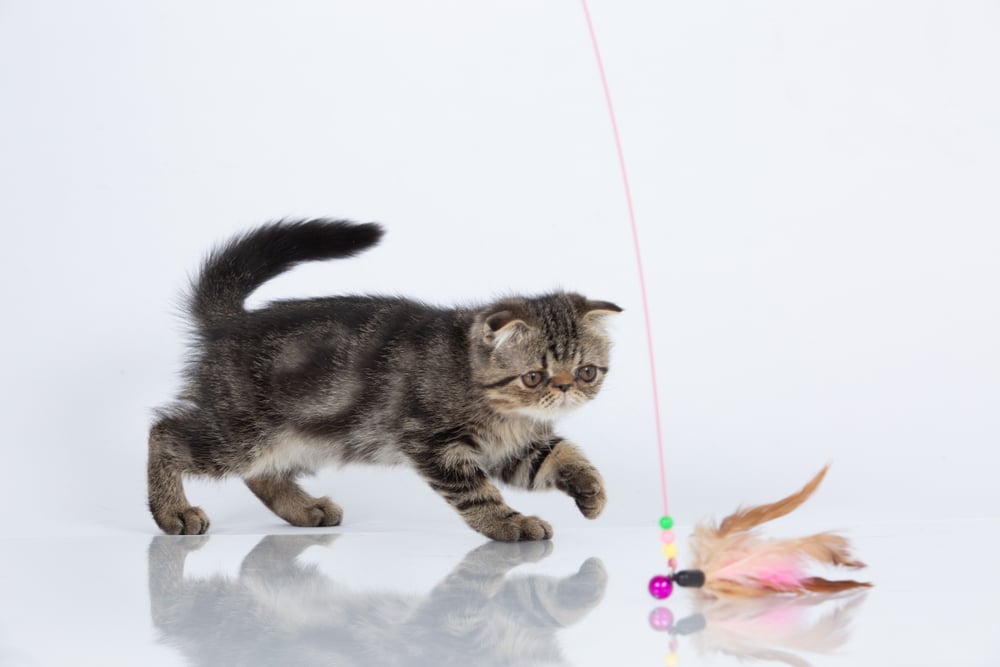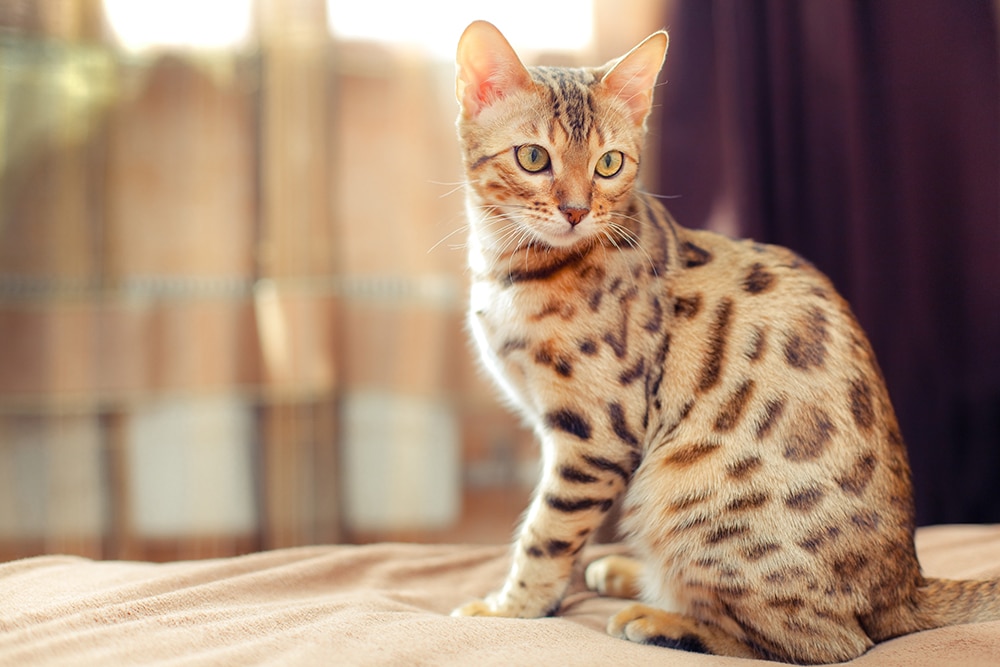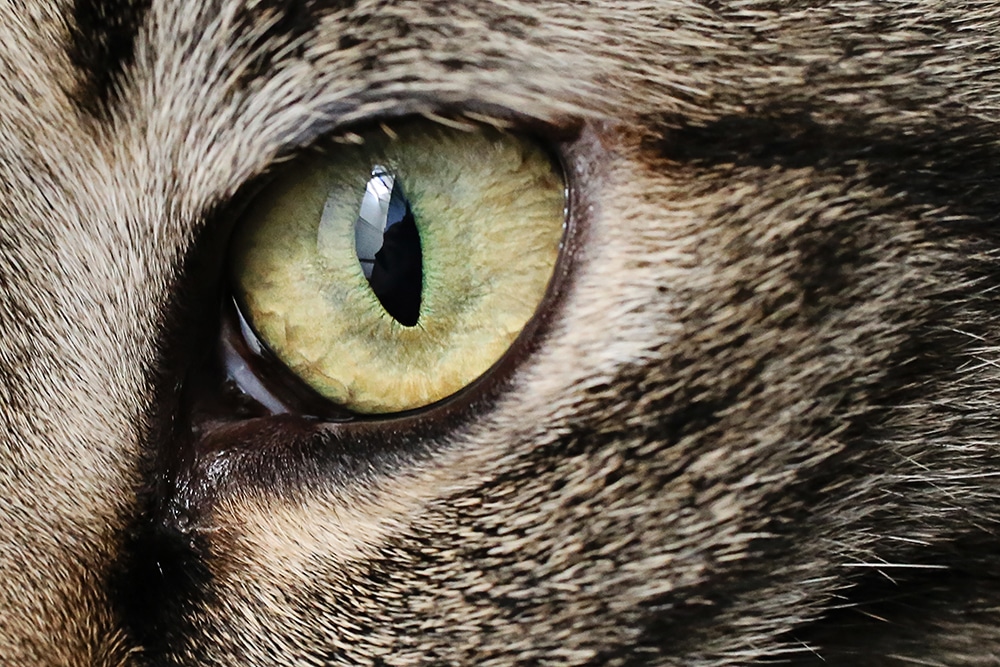Cats have quirky sleeping habits, from loafs to logs.
- Ever wonder why your feline sleeps in peculiar positions?
- Each sleep style is a blend of comfort and protection.
- Some positions reveal a cat’s stress or health issues.
- Discover the fascinating reasons behind these sleep poses.
Cats have mastered the art of napping, often choosing positions based on comfort and protection. The popular “Classic Loaf” sees them tucking paws under, preserving warmth and allowing a quick getaway if needed. A playful variation is the “Half-Loaf,” with paws subtly peeking out, which means they can spring to action faster.
Then there’s the “Croissant,” where a kitty curls into a snug ball, resembling a crescent. This shape keeps them warm and shields vital organs, providing a cocoon-like comfort. Contrastingly, “The Log” involves cats lying sprawled out, legs extended, showing they’re carefree and feel safe in their environment. It’s an open invitation to rub their belly, but proceed cautiously unless they truly don’t mind.
“The Superman” or “splooting” has cats lying belly-down, legs stretched behind. In summer, it cools them as they lounge on cold tiles, while in winter, it retains warmth on a cozy surface. It’s versatile yet protective. Felines who prefer space often choose the “Side Sprawl,” giving room to stretch their legs and “make biscuits” with a kneading motion.
In a playful twist, cats assume “The Pretzel,” showcasing impressive flexibility by curling into complex shapes. Sometimes their snooze becomes a “Faceplant” when the head dips from the loaf position to rest on the floor. With a liking for snuggles, some felines become “The Little Spoon,” seeking the warmth of a heartbeat beside them.
Observant cats sometimes adopt “The Visor,” using paws to block out light as they rest. Meanwhile, “The Ab Crunch” creates an illusion of an exercise session, though it’s just a curious sleeping style. When cats crave closeness, they form a “Kitty Pile,” cuddling in heaps often seen among sibling groups or lifelong feline buddies.
A bit eerie is “The Half and Half,” where cats sleep with eyes slightly open, staying alert even in rest. Their third eyelid adds a protective layer, allowing watchfulness without disturbing sleep. These quirky positions not only showcase a cat’s adaptability but also their unique personality traits.
Cats’ sleeping spots are as varied as their positions. Whether curled in a favorite bed, perched on your chest to feel your heartbeat, or crammed into a cozy box, these locations provide comfort and a sense of security. Sleeping under a blanket or nestled between your legs adds to their warmth and sense of safety.
Vigilance is crucial when cats exhibit behaviors like “Head Pressing” against walls or objects, as it indicates medical issues needing immediate attention. Similarly, a cat choosing to sleep in the litter box could be signaling stress or health problems, requiring a vet’s assessment.
Cats’ sleep habits are as diverse and intriguing as the creatures themselves, offering insights into their comfort and well-being.










